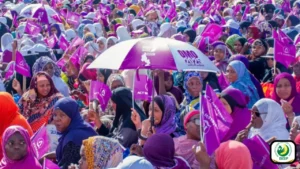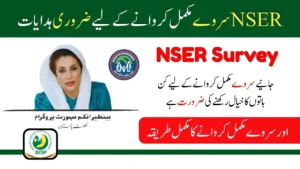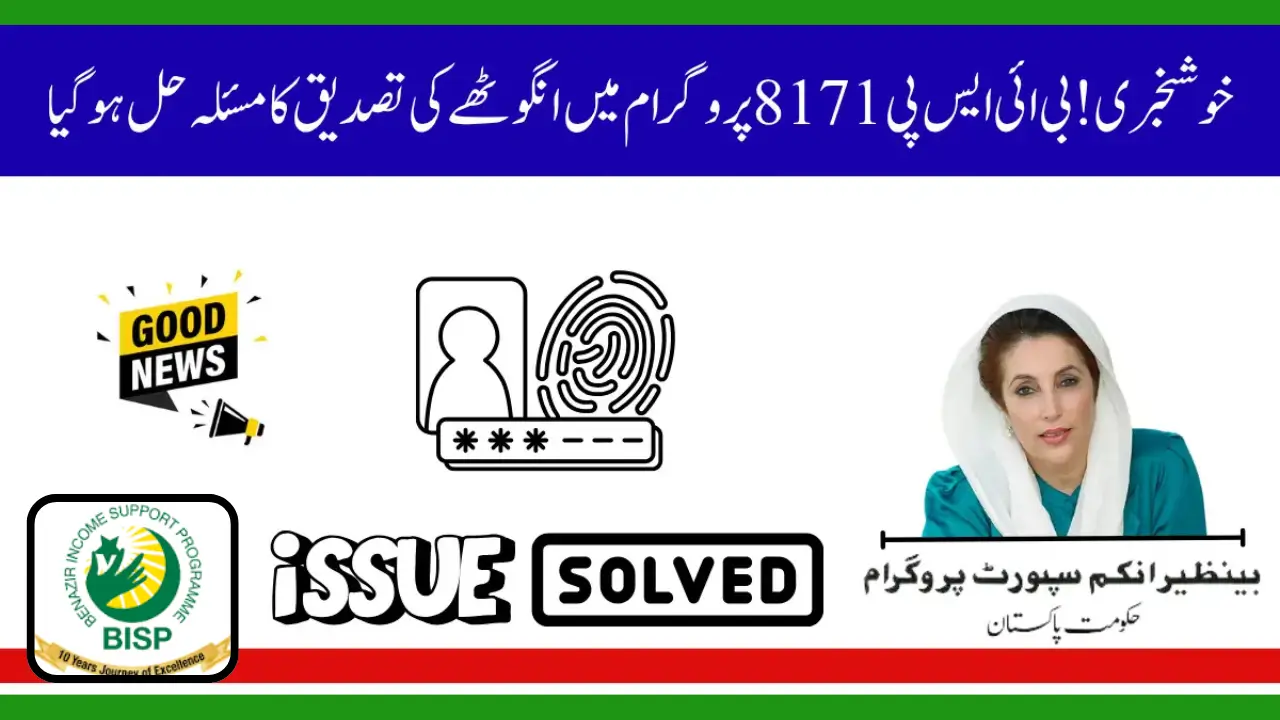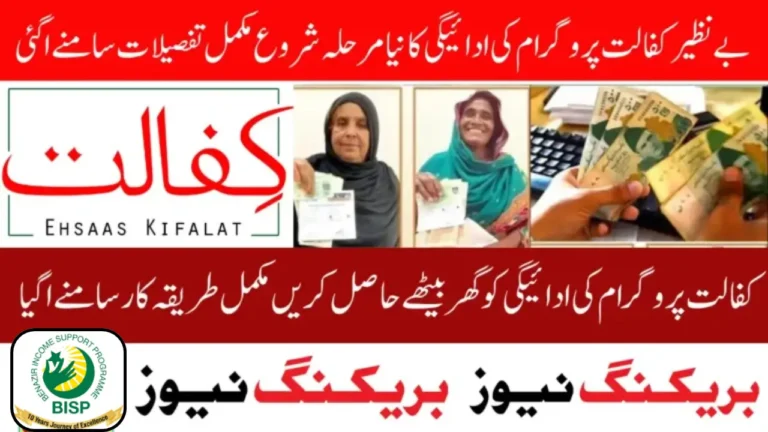BISP Payment Hold Due to Thumb Verification – New Solution 2025
BISP Payment Hold issues have become a common concern for many beneficiaries of the Benazir Income Support Programme, often causing delays in receiving essential financial assistance. These holds typically occur due to thumb verification or biometric authentication failures, which can prevent funds from being released on time.
To address this problem, BISP introduced new solutions in 2025, streamlining the verification process and reducing delays. This article explains why payments get held, highlights the latest resolution options, and provides a step-by-step guide to resolving BISP 8171 Payment Hold issues efficiently.
 Also read
Also read
Thumb Verification in BISP
Thumb verification is a biometric security measure that confirms the identity of BISP recipients. By matching a beneficiary’s thumbprint with official records, BISP ensures that payments reach the correct person while preventing fraud or duplicate claims.
However, thumb verification can occasionally fail due to worn fingerprints, outdated information, or technical errors during data capture. When this occurs, a BISP Payment Hold is applied until the issue is resolved.
 Also read
Also read
Common Causes of BISP Payment Hold
Understanding why payments are held can help beneficiaries take prompt action. The main causes include:
| Issue | Description |
|---|---|
| Fingerprint mismatch | The system cannot match the thumbprint due to wear, damage, or capture errors. |
| Expired CNIC | Payments may be blocked if the CNIC has expired or details are outdated. |
| Incorrect personal data | Errors in the registered data can prevent verification. |
| Technical problems | Offline machines or connectivity issues at payment points may cause delays. |
2025 BISP Solutions for Payment Holds
In 2025, BISP introduced improved measures to address payment holds caused by thumb verification failures. Key solutions include:
- Non-biometric verification: Beneficiaries who cannot verify their thumbprint can now use CNIC and supporting documents.
- Faster record updates: Improved coordination with national databases allows quicker updates for thumb re-captures and CNIC renewals.
- Digital tracking: Online portals and SMS services let beneficiaries monitor payment status, reducing unnecessary visits.
 Also read
Also read
Who Can Access the New Verification Process
The non-biometric verification is available for beneficiaries who:
- Have valid BISP registration but cannot verify their thumbprint.
- Possess worn or unreadable fingerprints.
- Are eligible for payments but face repeated verification failures.
This option ensures that recipients affected by a BISP 8171 Payment Hold can still access their funds without long delays.
Step-by-Step Guide to Resolving 8171 Payment Hold
To resolve a payment hold, beneficiaries should follow these steps:
- Check payment status through SMS or the official BISP portal.
- Retry biometric verification at authorized payment points, ensuring proper thumb placement.
- Visit BISP or NADRA office if verification continues to fail, bringing CNIC and supporting documents.
- Request non-biometric verification if repeated biometric attempts fail.
- Collect payment once verification is approved.
Best Practices to Avoid Future Payment Holds
Preventing future holds is simpler than resolving them. Beneficiaries can:
- Keep CNICs updated and renew before expiry.
- Verify that all personal information in BISP records is accurate.
- Register an active mobile number linked to CNIC.
- Use only authorized BISP payment points to avoid unofficial delays.
 Also read
Also read
What to Do If Issues Persist
If the BISP 817 1Payment Hold persists after following all steps:
- Contact the BISP helpline for support.
- Visit the nearest BISP office to escalate your case.
- Keep SMS confirmations, receipts, and CNIC copies to support your claim.
Conclusion
A BISP Payment Hold due to thumb verification can be frustrating, but the 2025 solutions make resolving these issues simpler than ever. By understanding the causes, using the non-biometric verification option, and keeping records up to date, beneficiaries can access their payments without delay. Proactive action—checking status, updating information, and following official procedures—ensures uninterrupted financial support from BISP.
 Also read
Also read







